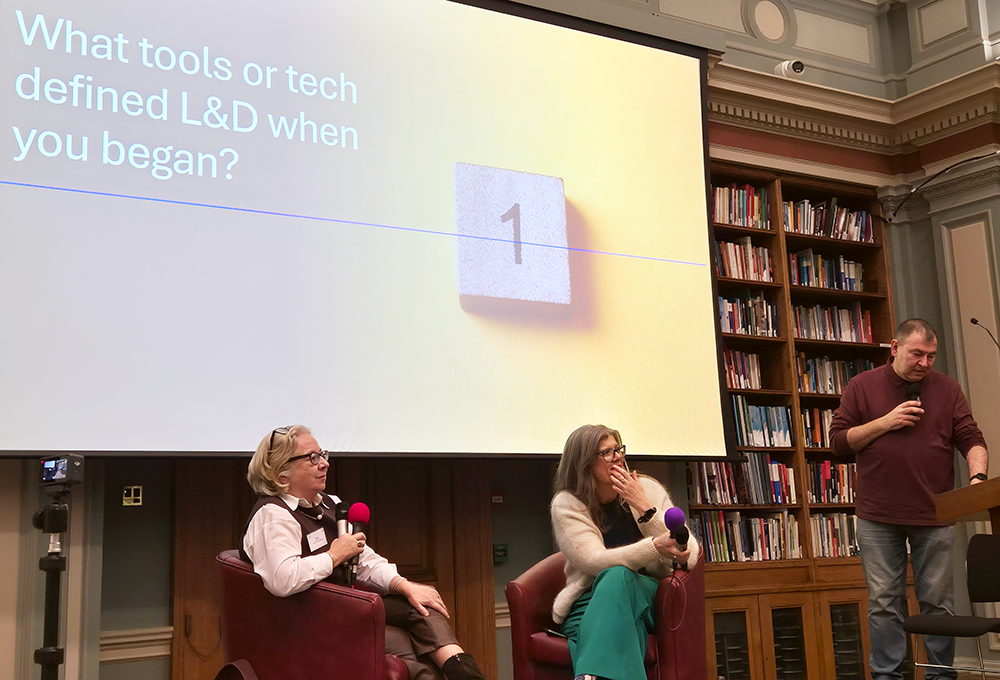Emma Hollis provides an antidote to the stark future of teacher training.
With issues around teacher recruitment and retention now going way beyond discussions in staff rooms and school corridors and into the public eye, those of us at the heart of teacher training are being increasingly consulted by politicians, policy-makers and civil servants on how this ongoing crisis can possibly be addressed.
Figures published by the Department for Education over the summer showed that teacher vacancies have risen sharply by 26% in the past year, with 920 vacancies for full-time permanent teachers in state-funded schools, up from 730 the year before.
That Justine Greening has recently committed £30m to getting teachers into schools that ‘struggle the most’ with recruitment and retention is another indication of action being taken, but much more needs to be done to reduce the downward trend.
The nub of the challenge is how can we ensure that we have a sustained, and quality, teacher workforce that meet the needs of schools and our children?
Many are being driven out of the profession, and fewer are choosing to enter it in the first place.
Sounds simple, but unfortunately it isn’t. Plummeting morale, pay and budgetary restraints, stress and challenging working conditions are all having an impact on teachers; many are being driven out of the profession, and fewer are choosing to enter it in the first place.
So what can be done? Our members, primarily School Centred Initial Teacher Training (SCITT) providers, School Direct Lead Schools and Teaching Schools, are critical to making sure we have those teachers available and supporting excellent provision. In the 2017 Good Teacher Training Guide, eight of the top ten providers of Initial Teacher Training (ITT) in the country are SCITTs, and we must build on that success.
It’s encouraging that ITT allocations for the 2018-19 academic year will allow accredited providers the freedom to recruit according to local need and not place caps on recruitment which do not take account of regional variation. This is something we campaigned for.
Latest figures also show that more than half of postgraduate trainees take school-led routes into the profession. A higher proportion of final-year trainees on school-led routes achieved Qualified Teacher Status (QTS), 93%, compared with 90% on university-led routes.
They were also more likely to get a job than their university-trained peers, with 96% of those awarded QTS in a teaching post within six months. For trainees who had gained QTS from a university-led route, it was 93%.
However, whilst teacher training is routinely presented – especially in the media – as an ‘either/or’ choice between school-led and university-led provision, these artificial and unhelpful distinctions between different kinds of training provision should be forgotten. The reality is that SCITTs, universities, Teach First and School Direct providers have long worked together.
Any plans for strengthened QTS, for example, should include scope for collaboration between schools, SCITTs and universities in planning and delivering the early career professional development to build on the excellent foundations being achieved.
So what might this look like in practice?
Imagine a revised three-year postgraduate teacher training route. In year one, you would have school-based practice focusing on pedagogy and relationship building to help teacher trainees become ready to ‘hit the ground running’ in their Newly Qualified Teacher (NQT) year.
We would look at the realities of the classroom, practical advice on class management, curriculum planning, time management, marking and feedback and subject knowledge for teaching. As is now the case, QTS would be awarded at the end of this year.
RELATED CONTENT
In year two, during the NQT year, time would be set aside for academic study with a focus on reflection. At this point, they have some ‘practice’ to reflect on and can assimilate the theory behind many of the practical techniques they will already be aware of.
NQTs would be exposed to ways of thinking that might differ from those they have been exposed to in school and will widen perspectives from a place of practical knowledge.
In year three, teachers will have a sense of what interests them, what type of teacher they are or would like to become. They would use this year to focus on a research area which either meets their personal interests or a need within their school.
Funded time would be given to write a dissertation exploring this area of interest, finalise their journey to Master’s qualification and thus feed back into the system research carried out by a practising teacher based on real-life examples which support their hypotheses.
The outcome? NQTs would ultimately be better prepared to face the realities of life as a teacher and give schools what they need from their staff, improving retention with this clearly mapped out early-career development, and opening up pathways for career development not purely focused on senior leadership.
About the author
Emma Hollis is executive director of the National Association of School-Based Teacher Trainers (NASBTT)



